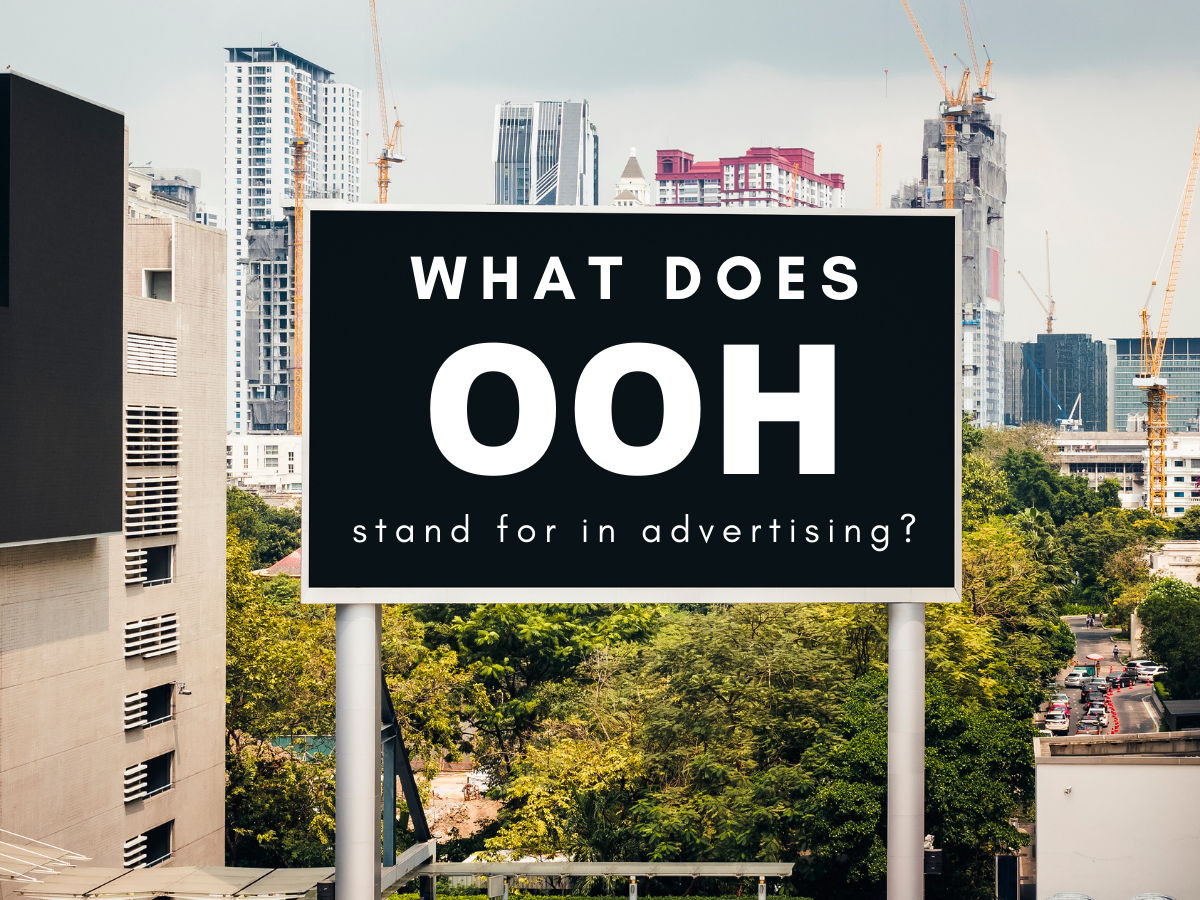Measuring the Impact of OOH (Out-of-Home) Advertising Campaigns
Out-of-home (OOH) advertising has long been a staple in marketing strategies, from towering billboards on highways to eye-catching transit ads on buses and trains. While digital advertising has made it easier to track clicks, impressions, and conversions, OOH has evolved in parallel. Today, measuring the impact of your OOH campaign is not only possible — it’s essential. But how do you quantify something that happens “in the real world”? In this post, we’ll explore practical methods to measure the effectiveness of your OOH advertising campaigns and show you how to turn data into smarter marketing decisions.

Why Measuring OOH Campaigns Matters
At its core, OOH advertising aims to build brand awareness, drive traffic (physical or digital), and influence purchasing decisions. Whether you're promoting a product launch, event, or brand identity, knowing what's working and what’s not helps you:
-
Justify advertising spend
-
Optimize placements and creative
-
Compare performance across channels
-
Maximize ROI
Failing to measure impact can mean missed opportunities and wasted resources. Let’s break down how to get measurable results from your OOH efforts.
1. Set Clear Objectives
Before launching any campaign, define what success looks like. Is it increased foot traffic to a retail location? A spike in website visits? Higher brand recall?
Some common OOH objectives include:
-
Brand awareness (measured via surveys or social mentions)
-
Website traffic (using unique URLs or QR codes)
-
App downloads
-
Lead generation (via SMS/shortcodes)
-
In-store visits or purchases (tracked with POS data)
By establishing a goal from the outset, you create a foundation for choosing the right metrics and tools to measure impact.
2. Use Unique Tracking Mechanisms
One of the most effective ways to link your OOH campaign to customer action is through trackable assets. Consider integrating:
-
Custom URLs or landing pages: Create a unique URL featured only on OOH creatives (e.g., yourbrand.com/summer).
-
QR codes: These provide instant access to digital content and let you track scans and behaviors.
-
Promo codes: Use exclusive codes to encourage purchases and trace conversions back to specific ads.
-
Call tracking numbers: Dedicated phone lines tied to each OOH location or creative.
These tools act as digital bridges, connecting physical media to online analytics platforms like Google Analytics or CRM systems.
3. Leverage Mobile Location Data
Thanks to advancements in geolocation technology, brands can now track real-world behavior with surprising accuracy.
Companies like Cuebiq, PlaceIQ, and Foursquare aggregate anonymized mobile location data to assess foot traffic near OOH placements. By analyzing this data, you can:
-
See how many people passed by or lingered near your ad
-
Measure “lift” in store visits during and after the campaign
-
Compare performance by location, time of day, or creative version
This kind of behavioral insight is invaluable, especially for retail or event-based campaigns.
4. Monitor Digital Uplift
OOH often drives digital actions like web searches or social media engagement. Watch for upticks in online activity during your campaign window:
-
Increased brand searches on Google
-
Higher traffic to your homepage or specific pages
-
Social media mentions and hashtags tied to your campaign
Tools like Google Trends, UTM-tagged links, and social listening platforms can help you identify correlations between your OOH campaign and online engagement.
5. Conduct Brand Lift Surveys
Brand lift surveys help measure shifts in consumer perception, awareness, or intent that result from your campaign. You can conduct:
-
Pre- and post-campaign surveys to assess brand recall
-
On-the-street interviews near OOH placements
-
Digital panels who are exposed (or not) to your ads
These insights are particularly useful for campaigns focused on brand awareness or perception rather than direct conversions.
6. Compare Market Performance
If your campaign runs in select cities or regions, analyze performance differences between test and control markets. For example:
-
Did sales increase more in cities with OOH ads compared to those without?
-
Was there higher foot traffic in stores located near placements?
-
Were there differences in web traffic by geo-location?
This comparative approach helps isolate the impact of your OOH campaign from other marketing activities.
With the right tools, every billboard becomes a data point — and every impression becomes an opportunity.
7. Use OOH Attribution Platforms
Today, several platforms specialize in OOH attribution. Tools like:
-
AdQuick
-
Vistar Media
-
Quividi
-
OneScreen.ai
These platforms consolidate location data, impressions, engagement metrics, and even weather or traffic patterns to give you a complete picture of campaign performance.
OOH advertising has come a long way — and so have the tools to measure its effectiveness. With clear goals, smart tracking strategies, and the right technology partners, you can transform your OOH campaign from a static billboard into a dynamic, data-driven growth engine.
As marketers, we no longer need to guess. We can measure. We can optimize. And most importantly, we can prove value.
Ready to Measure Your OOH Campaign Success?
If you're planning an OOH campaign and want to ensure every impression counts, we can help. From campaign strategy to analytics and attribution, our team is equipped to drive real results.
Contact us today for a free OOH impact assessment and start turning eyeballs into outcomes.
Picture: MyHoardings




